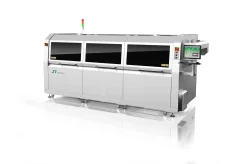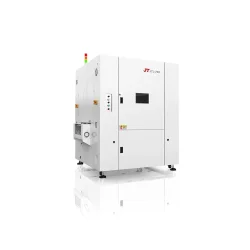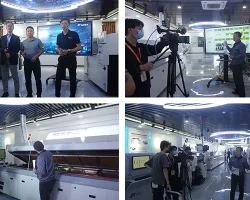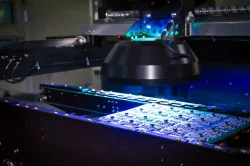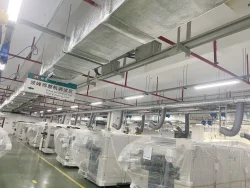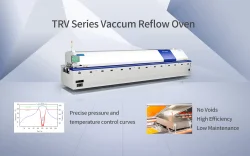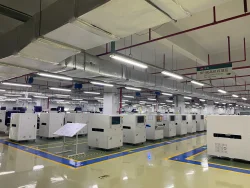2023-02-06
The selective soldering process is used to produce large circuit boards with the utmost precision quickly. While no one can match the precision of hand-soldered circuit boards, you can't solder large volumes of printed circuit boards by hand while also being time-efficient. That's why selective Soldering is the technique of choice in electronic industries. It's precise, automated, and time-efficient. What more could you possibly want?
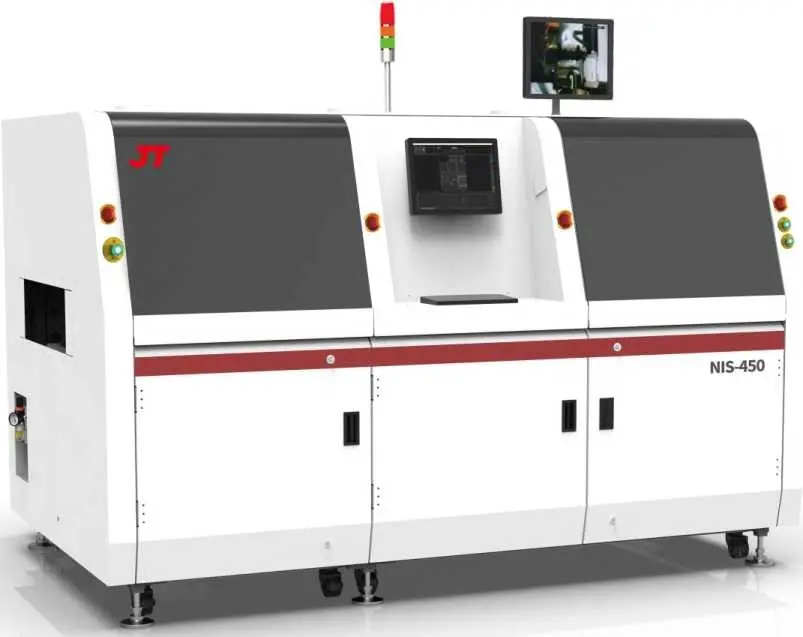
How Does Selective Soldering Process Work?
Selective Soldering is a soldering process designed to quickly attach through-hole components to a printed circuit board or PCB. In simple terms, this is the gist of how it works:
- Through-hole components are loosely placed on a printed circuit board. The PCB then enters the soldering machine.
- The next step is to apply flux spray.
- Then the components are soldered using the machine's selective soldering method of choice.
- And that’s it.
Types of Selective Soldering Processes
There are mainly four types of selective Soldering:
Wave Soldering (Using Aperture Tools):
Wave soldering is the least precise and cheapest method of selective Soldering. By using tools named pellets, a mask is applied over the areas that don't need to be soldered. Then the PCB is dragged through melted solder so that the through-hole components get soldered to the board. If you make products that don't require precise Soldering or your components are heat resistant, then this method of selective Soldering is for you.
Selective Dip Solder Fountain:
In terms of precision, this method is almost the same as wave soldering, but you don't need to apply a mask to protect the board. What happens is that there are solder fountains strategically placed exactly where the PCB needs to be soldered, and then the board is then dipped into those fountains and voila! The components are soldered while leaving the rest of the board unscathed.
Miniature Wave Select Solder Fountains:
The principle of this selective soldering process is the same as wave soldering using aperture tools. But the PCB is carefully moved so only the areas that need to be soldered pass through the wave. You don't need to mask the rest of the circuit board for protection.
Laser Selective Soldering:
This method is the most precise selective soldering process used in the electronic industries. The laser is used for soldering precise points on the PCB, usually through a CAD program. It's the method for you if you want to solder components very precisely but also need to deliver the products on time.
Whatever method of selective Soldering is used, the soldered PCB is taken out of the machine to cool off and move on to the next manufacturing step. Selective Soldering is used only for through-hole components. So, if you need to solder unique components that don't quite meet the standard, the selective soldering process is not for you.
Conclusion:
The selective soldering process is used to solder through-hole components to the PCBs very quickly in an automated fashion. You can go from less precise to more precise depending on the method of selective Soldering used. If you're considering getting a selective wave soldering machine for your company, look no further than JT.
Shenzhen JT Automation Equipment Co., Ltd are China's earliest and most trusted brand of soldering machines. Offering the best possible combination of economical and quality production, you can't go wrong with JT Selective Wave Soldering Machine.
Details of Wave Soldering Equipment
The Ultimate Guide to Wave Machines: How They Work and What are the benefits
